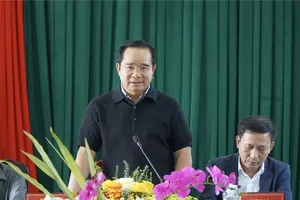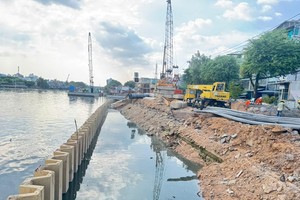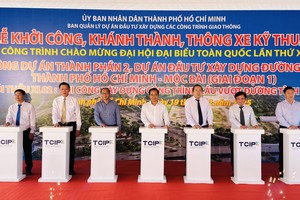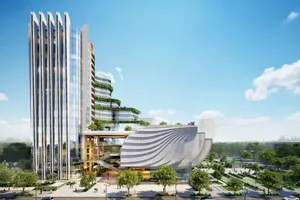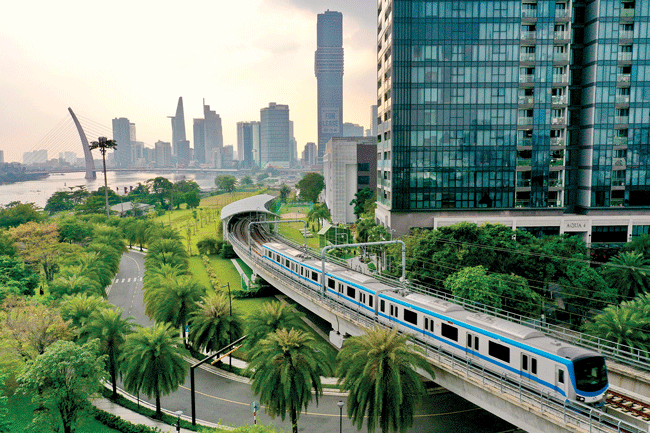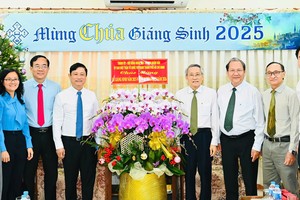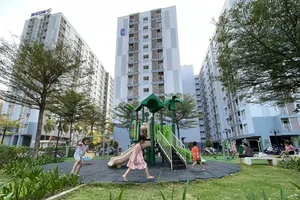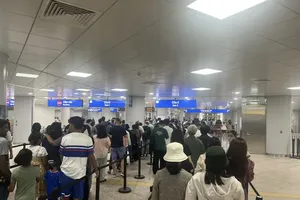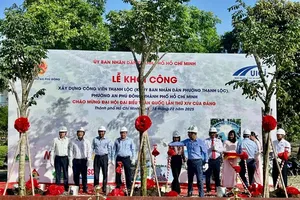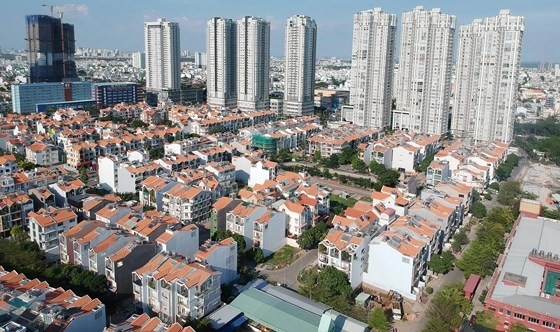
The population in the city continues to surge by one million every five years and more than 60 percent of houses in the city are makeshift ones.
Specifically, the city targeted to raise the average housing area from 19.8 square meters per person and 22.8 square meters by 2025 or total floor area for housing will increase by 40 million square meters in the period of 2016-202 and 45 million square meters in the period of 2021-2025.
According to the national population survey by April 1, 2019, the city’s population has 3,993,082 ? permanent residents including 6-month temporary people. Compared to 2009 when the city had 7,162,864 dwellers, leaping by 1,830,218 people.
However, according to experts, permanent residents in the city must be over 10 million. Presently, every five years the population in the city rises around one million equivalent to the number of two districts with fast urbanization pace like Go Vap and Binh Chanh districts plus around 100,000 foreigners who work and stay permanently in the city.
Overpopulation resulting in housing pressures and other social problems are challenges to the city authorities. For instance, administration of Tan Thoi Nhat ward of District 12 has green-lighted 40 condo block projects for immigrants.
Over 3,000 families are staying in Thuan Kieu and Tin Phong condos in Phan Van Hon Street in the district, whereas thousands of other worker families have to live in small rented accommodation.
Worse, the local government has not built enough schools; as a result, children of these immigrant families have to study in far away schools
To solve the problem, the city authorities are determined to build 10,000 apartments for low-income immigrant families as well as 35,000 houses for workers and 6,750 condos for students.
Director of the municipal Department of Construction Le Hoa Binh said that the city has issued more than 21,000 construction certificates of over 7 million housing square meters since the beginning of the year.
The city has developed further 35.27 million housing square meters since January, increasing the average housing space to 19.91 square meters per person now and it is expected that the average living space will be raised to 20,03 square meters per person by the end of 2019.
Though the city authorities are bumping into difficulties in the housing program, the calling for investment in commercial realty estate development is impeded by overlapping formalities and regulations.
For instance, there is no category of social housing in the regulations while many investors who take heed of social housing are hampered by complex formalities.
Chairman of the Ho Chi Minh City Real Estate Association Le Hoang Chau said the city authorities should pay attention to the trend of compact city development in the relatively high residential density to use land effectively for ground space for traffic, facilities, services and trees as well as make best use if underground space.
Presently, family structure has changed dramatically because young couple don’t live with their parents or relatives, resulting in high demand of social housing with two bedrooms at cost of below VND2 billion ($86,095).
In addition to developing satellite residential quarters in suburban districts, the city authorities ought to pay attention to traffic system connecting these quarters with the metropolitan area as well as setting up services with the aim to attract residents.
HCMC needs to call for private investment in realty estate and remove barriers in housing formalities to to speed up projects, satisfying housing demand.

